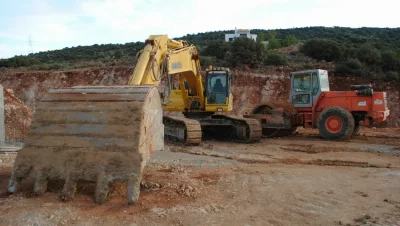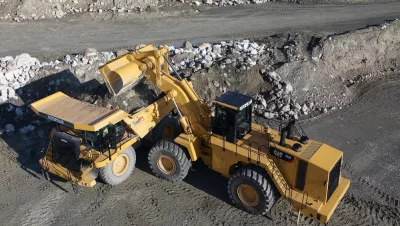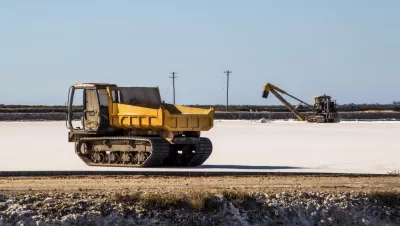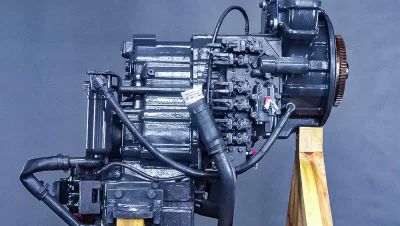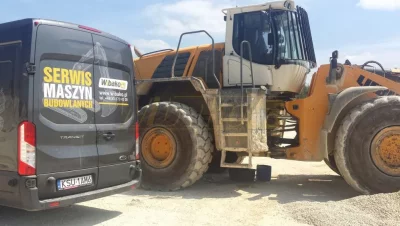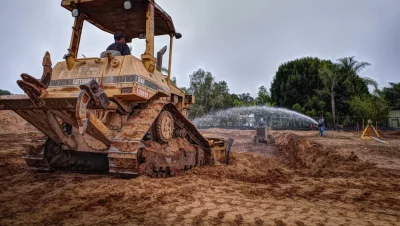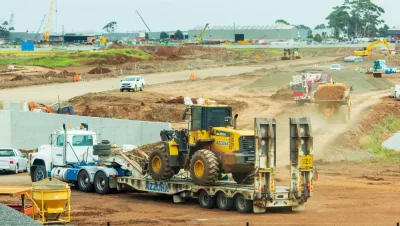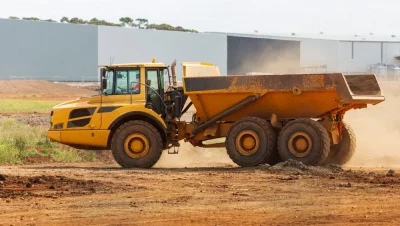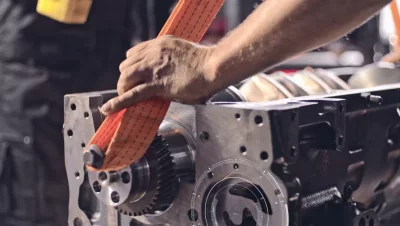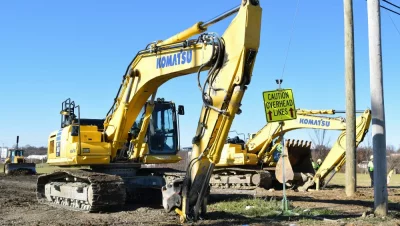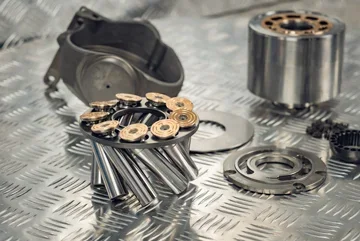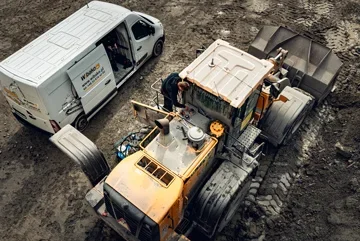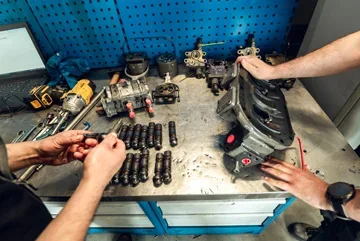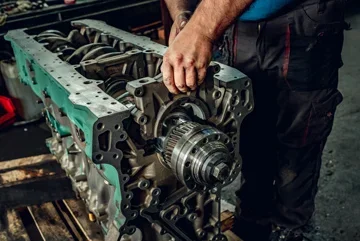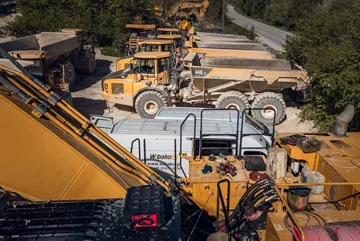Cooling system in a construction machine
One of the most troublesome systems in any construction machine is the cooling system. It is not served by Polish climatic conditions: on the one hand, heat, and on the other, very low temperatures in winter. To protect ourselves from a sudden and usually costly breakdown, we must regularly check the condition of this system. Below we present the elements to which we pay special attention.
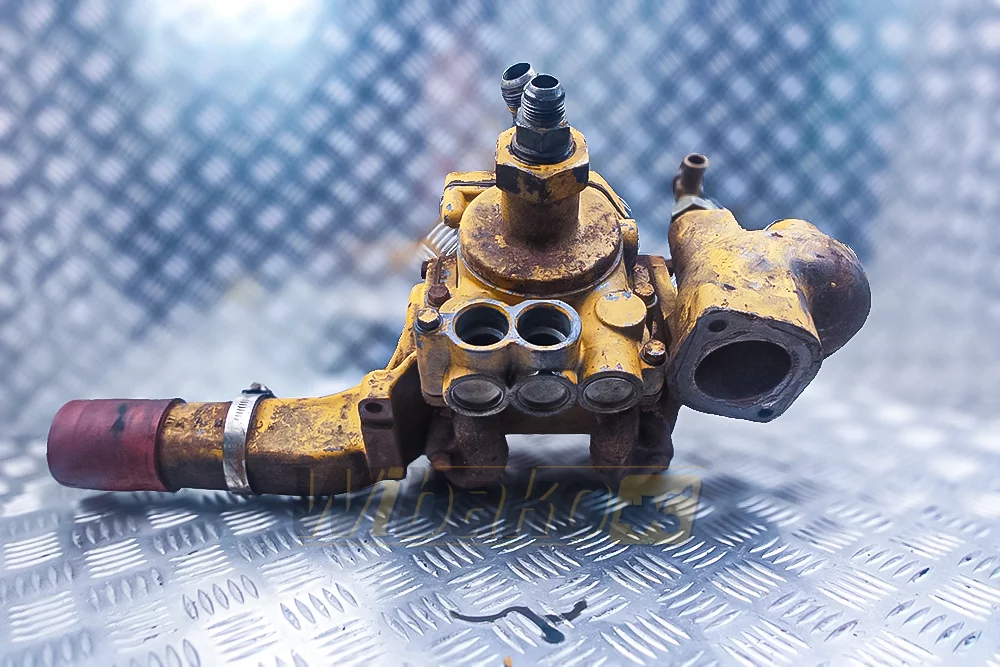
Three most popular cooling systems
Depending on the type of machine and its manufacturer, we may encounter one of three cooling systems:
- air
- oil
- water
The latter is definitely the most common. It is not overly troublesome, as long as we remember to regularly check the critical elements.
Let's take care of the radiator and its elements
The most important part of the whole system is the radiator. Let's make sure it is not excessively bent (referring to the fins). It is also important to fill it with a properly selected coolant and check its correct state in the tank. Using ordinary water is unacceptable as it causes corrosion of the system and in winter it can cause the radiator to burst.
The components of the radiator that we need to pay some attention to are the radiator fan, thermostats and belt. The first element must not be damaged in any way (especially the blades), and must also be correctly directed.
Thermostats and belts, on the other hand, are subject to visual inspection and regular replacement, which is cheaper than repairing the effects of an unexpected breakdown caused, for example, by poor condition of the pulleys.
The machine operator should also proactively check the condition of the protective grids on the radiators and report the need for their replacement if necessary.
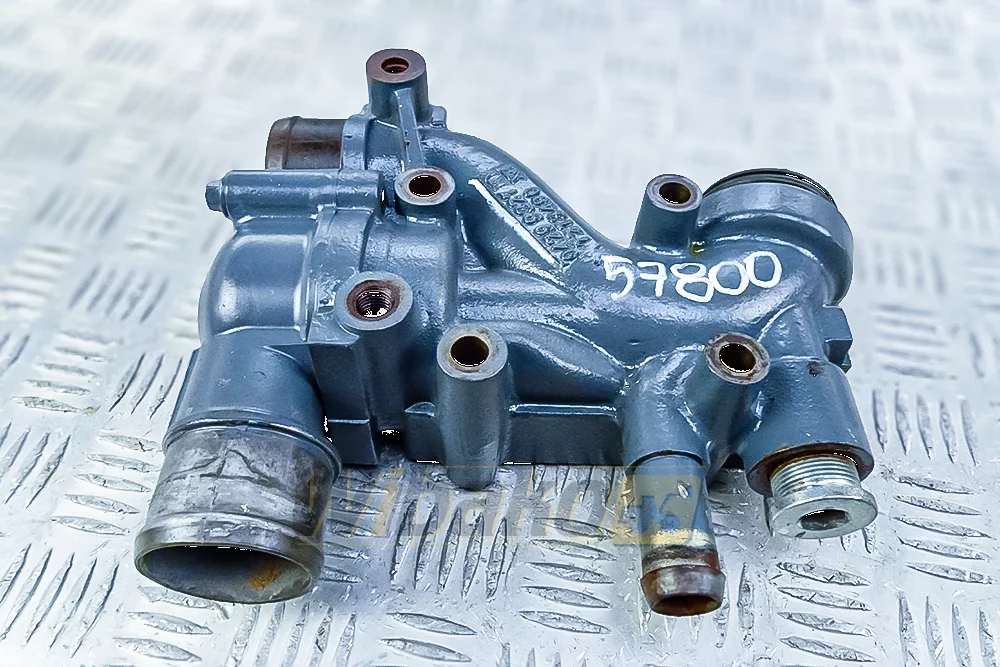
Oil and air systems also require attention
In the case of the oil system, the preventive action scheme is practically the same as in the water system. However, slightly different tasks await the owners of machines equipped with an air cooling system.
Here, the most important thing is to check the cleanliness of the cylinders, as any dirt, which is easy to get on a construction site, can restrict the flow of air to the engine.
The operator must also regularly check the condition of the engine shrouding, as there can be no situation where a sheet is missing, because their arrangement forces the correct vortex of air directed straight into the engine chamber.
The remaining control activities are identical to those recommended for water and oil systems. It is also necessary to assess the condition of the belts from time to time, to prevent excessive wear of the pulleys and avoid a sudden breakdown.



